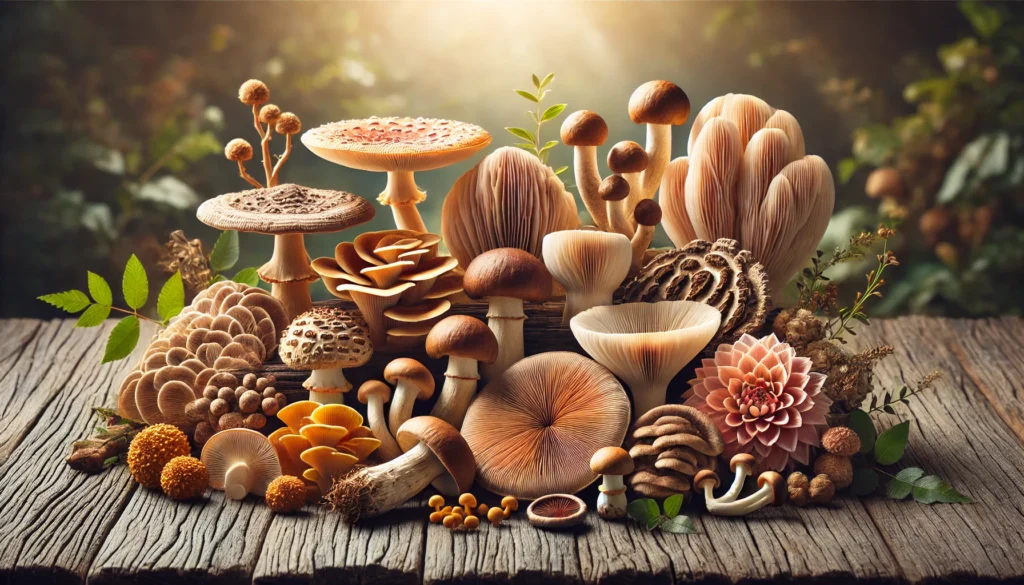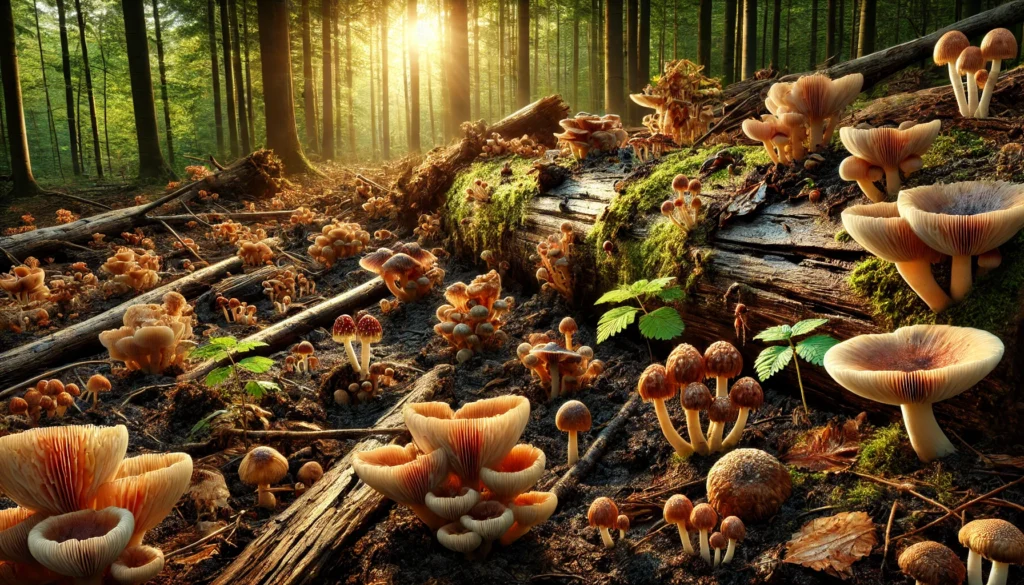Anxiety is a natural human response to stress, uncertainty, or perceived threat. We all experience occasional stress and nervousness, but for many people, the feeling can escalate into an overwhelming state known as an anxiety attack. These episodes can be debilitating, interfering with daily routines, social activities, and overall well-being.
Fortunately, there are quick and effective ways to calm yourself when anxiety hits hard. Two commonly recommended and accessible options are herbal teas and breathing techniques. In this comprehensive guide, we will explore everything you need to know about managing anxiety attacks, from understanding why they happen to learning how simple lifestyle changes and natural remedies can make all the difference.
Table of Contents
Understanding Anxiety Attacks
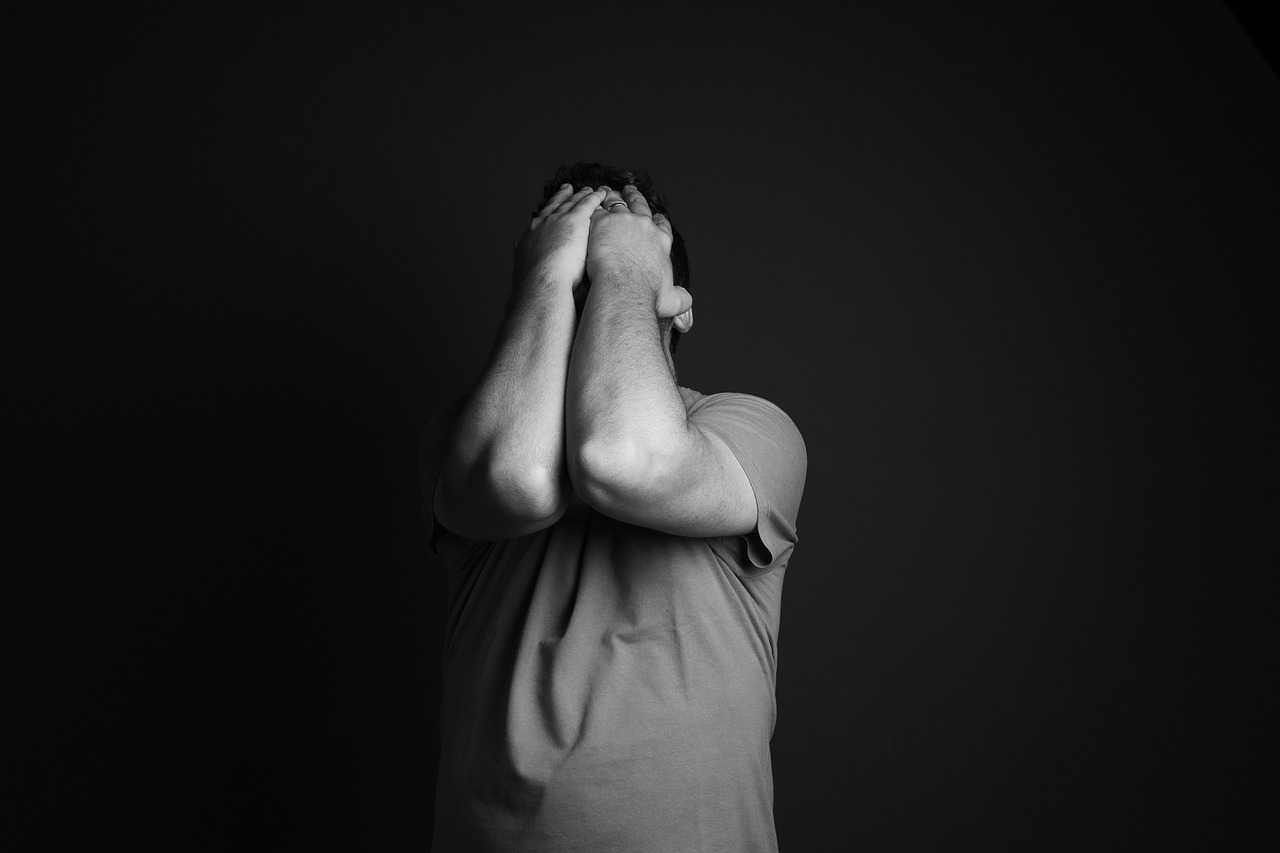
What Are Anxiety Attacks?
An anxiety attack is typically a surge of intense worry or fear that often occurs without a clear or immediate threat. Some people use the term “anxiety attack” interchangeably with “panic attack,” though they are slightly different (we will address this distinction below).
- Emotional Symptoms: Intense worry, fear, or a sense of impending doom.
- Physical Symptoms: Heart palpitations, shortness of breath, sweating, trembling, or dizziness.
Anxiety attacks can last from a few minutes to longer periods, and their severity varies from person to person. While some experience mild episodes with manageable physical symptoms, others can be overwhelmed by severe physical reactions that mimic serious health issues (like heart attacks).
Anxiety Attacks vs. Panic Attacks: Key Differences
Despite the similarities in how they feel, anxiety attacks and panic attacks have differences in triggers, intensity, and duration:
- Panic Attacks:
- Often come on suddenly without an obvious trigger.
- Typically peak within 10 minutes, but can last 20–30 minutes.
- Characterized by extreme fear, a sense of losing control, or fear of dying.
- Anxiety Attacks:
- Usually triggered by a specific worry or stressor.
- Can build gradually over time and may last longer than a panic attack.
- Symptoms may be less intense than full-blown panic episodes but still distressing.
Understanding whether you’re experiencing an anxiety attack or a panic attack can be helpful for treatment approaches, though many techniques to manage both are similar.
Common Causes and Triggers
Anxiety attacks can be triggered by various factors. Identifying your triggers is a critical first step toward managing and preventing intense anxiety episodes. Common triggers include:
- Stressful Life Events: Moving, changing jobs, financial struggles, or ending a relationship.
- Social Interactions: Fear of judgment, social performance concerns, or large gatherings.
- Health Concerns: Chronic illnesses or sudden changes in health status.
- Traumatic Experiences: Accidents, abuse, natural disasters, or significant emotional loss.
- Phobias: Fear of heights, flying, enclosed spaces, or certain animals.
- Negative Thought Patterns: Catastrophizing, excessive worry, or negative self-talk.
Not everyone’s triggers are obvious. Sometimes, you might feel anxious for reasons you can’t immediately pinpoint. This lack of clarity can add to the distress, making coping skills all the more valuable.
The Science Behind Anxiety Attacks
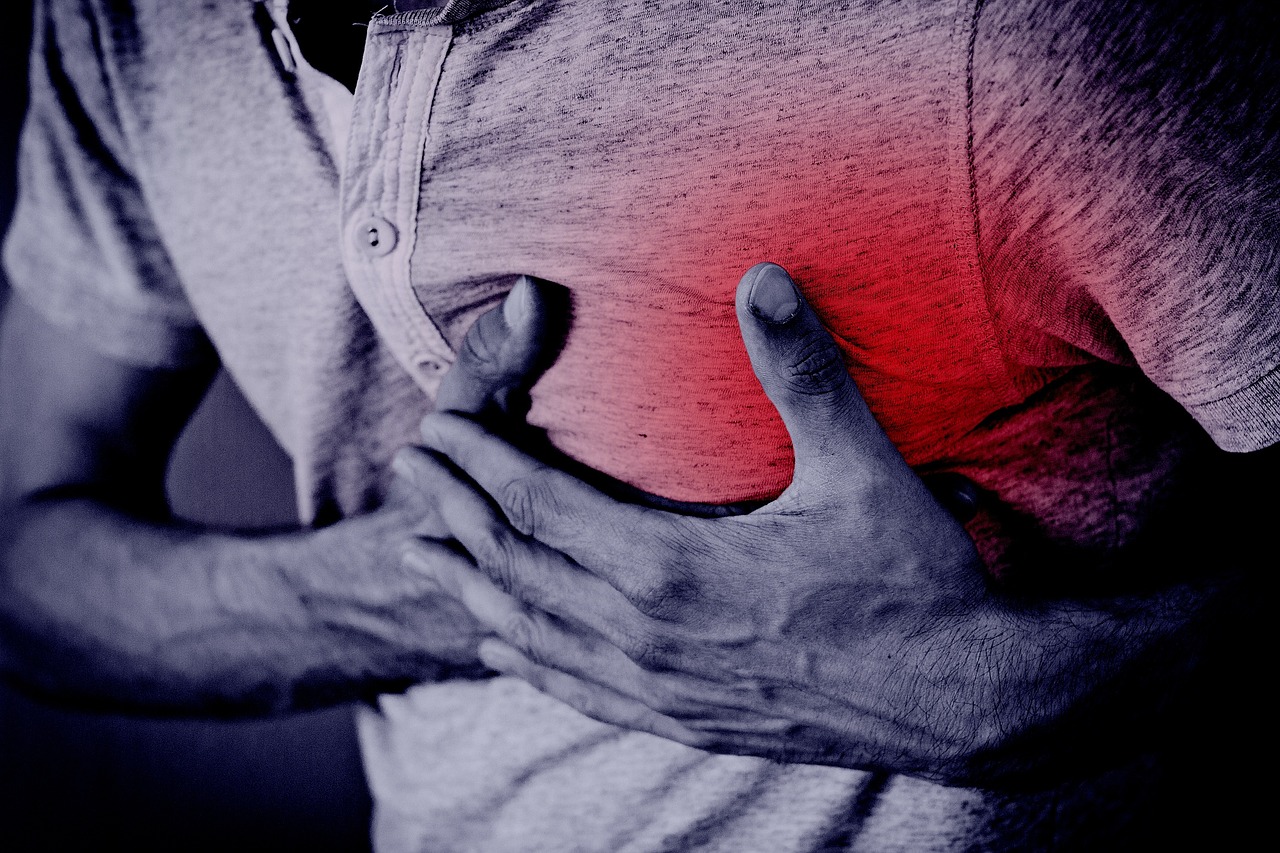
Fight-or-Flight Response
The fight-or-flight response is an evolutionary mechanism designed to protect us from threats. When you sense danger—real or perceived—your body releases stress hormones (like adrenaline and cortisol) that help you either confront the threat or run from it.
Key features of the fight-or-flight response include:
- Increased heart rate (pumping more blood to muscles)
- Rapid breathing (to oxygenate the body)
- Dilated pupils (to increase visual acuity)
- Tense muscles (preparing for action)
In modern life, many perceived threats are less about immediate physical harm (like a wild animal) and more about psychological stress (work deadlines, social pressures). However, our bodies still respond with the same hormonal cascade, which can become overwhelming and lead to an anxiety or panic attack.
Brain Chemistry and Stress Hormones
Neurotransmitters like serotonin, dopamine, and gamma-aminobutyric acid (GABA) play significant roles in mood regulation. When these neurotransmitters are out of balance, it can contribute to heightened anxiety.
Cortisol, often called the “stress hormone,” is released by the adrenal glands during periods of tension or worry. Persistent high levels of cortisol can harm the body, leading to issues like impaired immune function, insomnia, and chronic anxiety.
Physical and Emotional Symptoms
The experience of an anxiety attack is both physical and emotional. Some symptoms you may notice:
- Physical: Chest tightness, clammy hands, nausea, trembling, rapid heartbeat, fatigue.
- Emotional: Overwhelming worry, fear of losing control, irritability, difficulty concentrating.
Recognizing the signs of an oncoming anxiety attack allows you to take proactive steps—like sipping herbal tea or using a breathing technique—to calm the mind and body before the episode becomes severe.
Immediate Coping Strategies
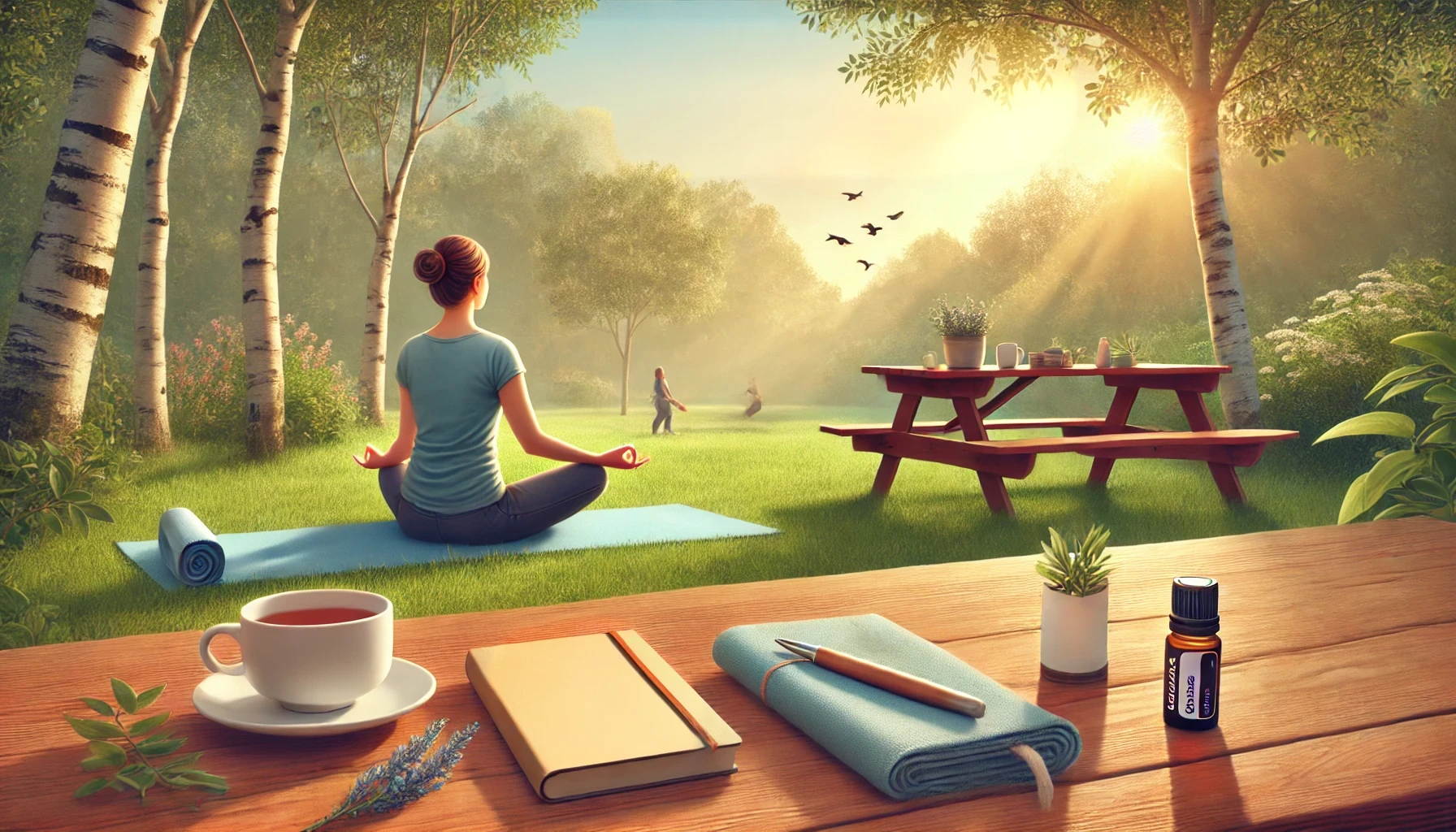
Grounding Techniques
Grounding techniques help anchor you in the present moment, drawing your focus away from racing thoughts or physical discomfort. A popular grounding technique is the 5-4-3-2-1 method:
- See (5 things): Look around and name five things you can see.
- Touch (4 things): Name four things you can touch.
- Hear (3 things): Identify three sounds you can hear.
- Smell (2 things): Notice two distinct smells.
- Taste (1 thing): Focus on one taste (such as a sip of water or gum flavor).
Engaging your senses keeps you rooted in reality, helping dissipate some of the panic.
Mindfulness in the Moment
Mindfulness is about observing your feelings without judgment. If you feel anxious, acknowledge the emotion: “I feel anxiety in my chest right now.” By labeling it, you separate yourself from the anxiety, making it easier to deal with.
- Check-In: Periodically pause and ask yourself, “How am I feeling right now?”
- Breathe and Observe: Take a slow, deep breath. Observe the breath entering and leaving your body.
- Refocus: Return to your daily task or environment once you’ve taken a few mindful breaths.
Progressive Muscle Relaxation (PMR)
PMR involves systematically tensing and then relaxing muscle groups throughout the body:
- Start with Your Toes: Curl them tightly for a few seconds, then release.
- Move Up the Body: Tense the calves, thighs, abdomen, chest, arms, shoulders, and face in sequence.
- Exhale and Release: With each release, imagine tension leaving your body.
PMR can relieve physical tension, which often feeds anxiety. It also offers a mental break by shifting focus to bodily sensations.
Herbal Teas for Quick Calm
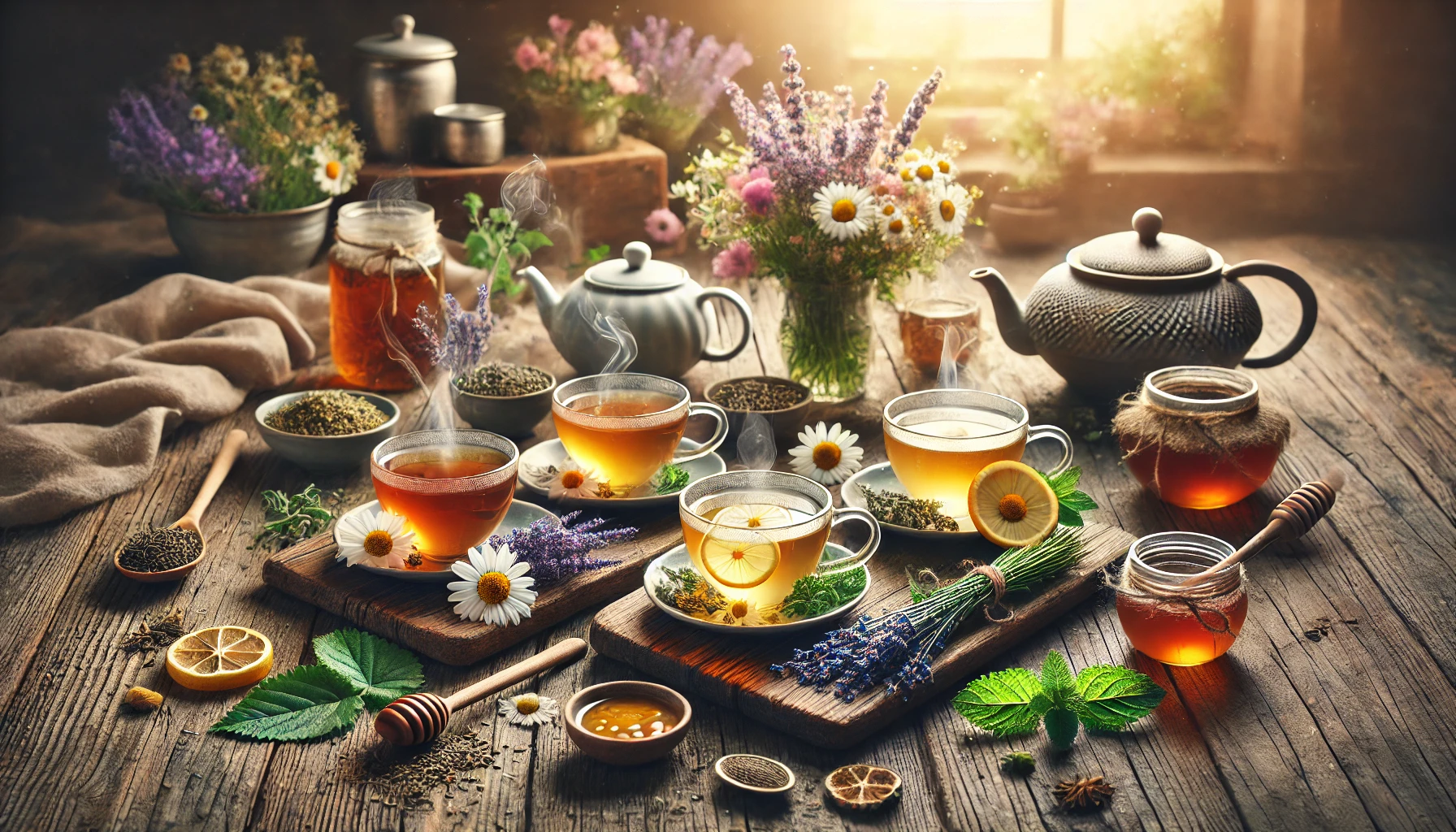
Why Herbal Teas? The Power of Plant-Based Remedies
Herbal teas have been used for centuries in various cultures for their healing properties. These teas are not only hydrating but also contain natural compounds that can help reduce anxiety and stress. When consumed mindfully, they can promote a sense of calm and relaxation.
- Natural Relaxants: Many herbs contain apigenin, linalool, rosmarinic acid, or other bioactive compounds linked to soothing the nervous system.
- Aromatherapy Aspect: The scent of certain herbs (like lavender) can have an immediate calming effect on the mind.
- Ritual and Routine: Preparing and sipping tea can be a calming ritual, allowing you a few moments of mindful peace.
Top Herbal Teas for Anxiety Relief
Chamomile Tea
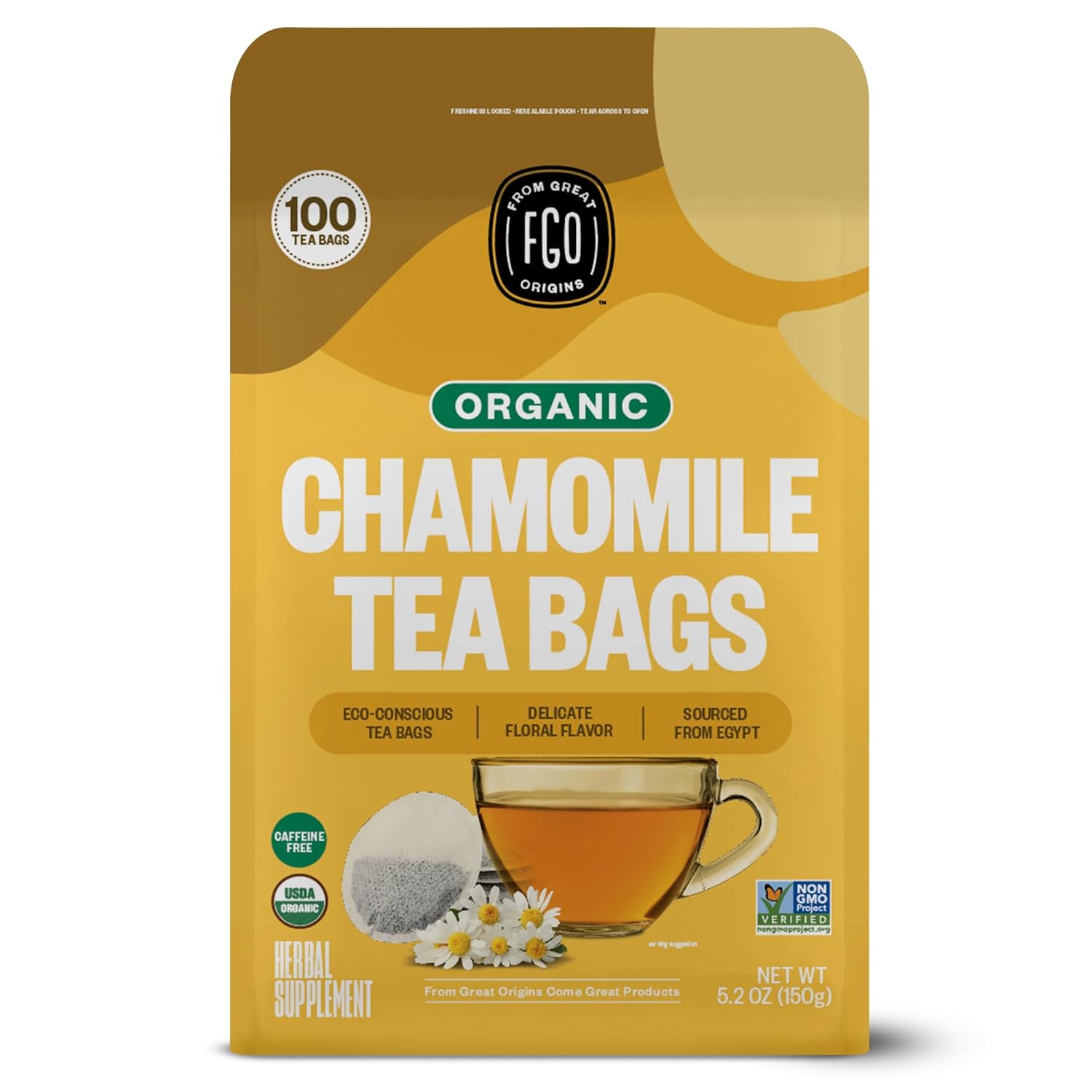
- Known for its sweet, apple-like aroma and flavor, chamomile is often the go-to herb for anxiety and insomnia.
- Active Compounds: Chamomile flowers contain apigenin, an antioxidant that binds to certain receptors in the brain that reduce anxiety.
- Benefits:
- Soothes digestive issues, which can be exacerbated by stress.
- Helps with mild insomnia by promoting relaxation.
- How to Use: Steep 1–2 teaspoons of dried chamomile flowers (or a ready-made tea bag) in hot water for about 5 minutes. For added flavor, combine with a drizzle of honey or a dash of cinnamon.
Lavender Tea
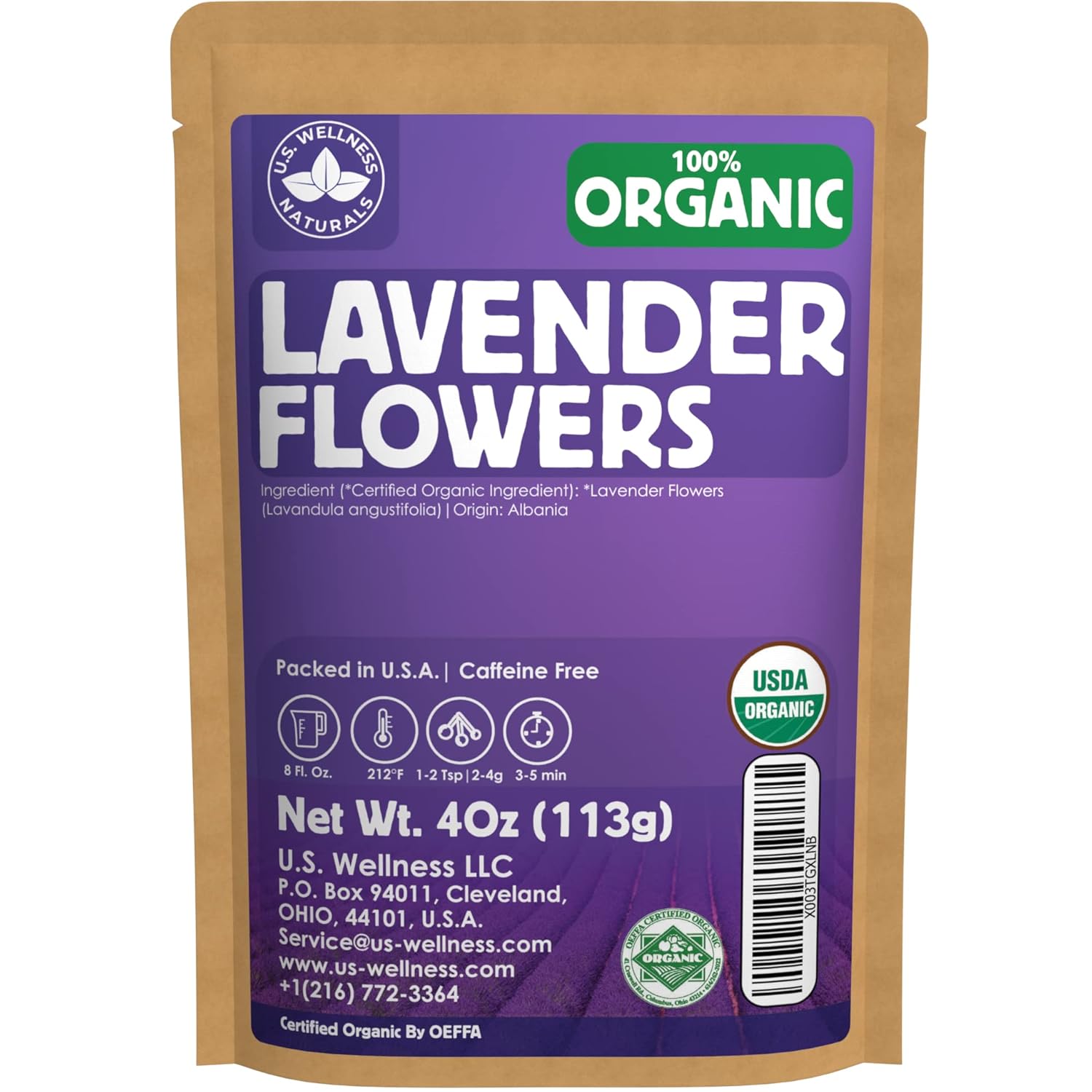
- Lavender’s fragrance is widely used in aromatherapy for relaxation and stress relief.
- Active Compounds: Contains linalool and linalyl acetate, both known for their calming properties.
- Benefits:
- Alleviates stress-related headaches.
- Encourages restful sleep.
- How to Use: Use about 1 tablespoon of lavender buds per cup of hot water and steep for 5–10 minutes. The flavor can be potent; adjust steep time to taste.
Passionflower Tea
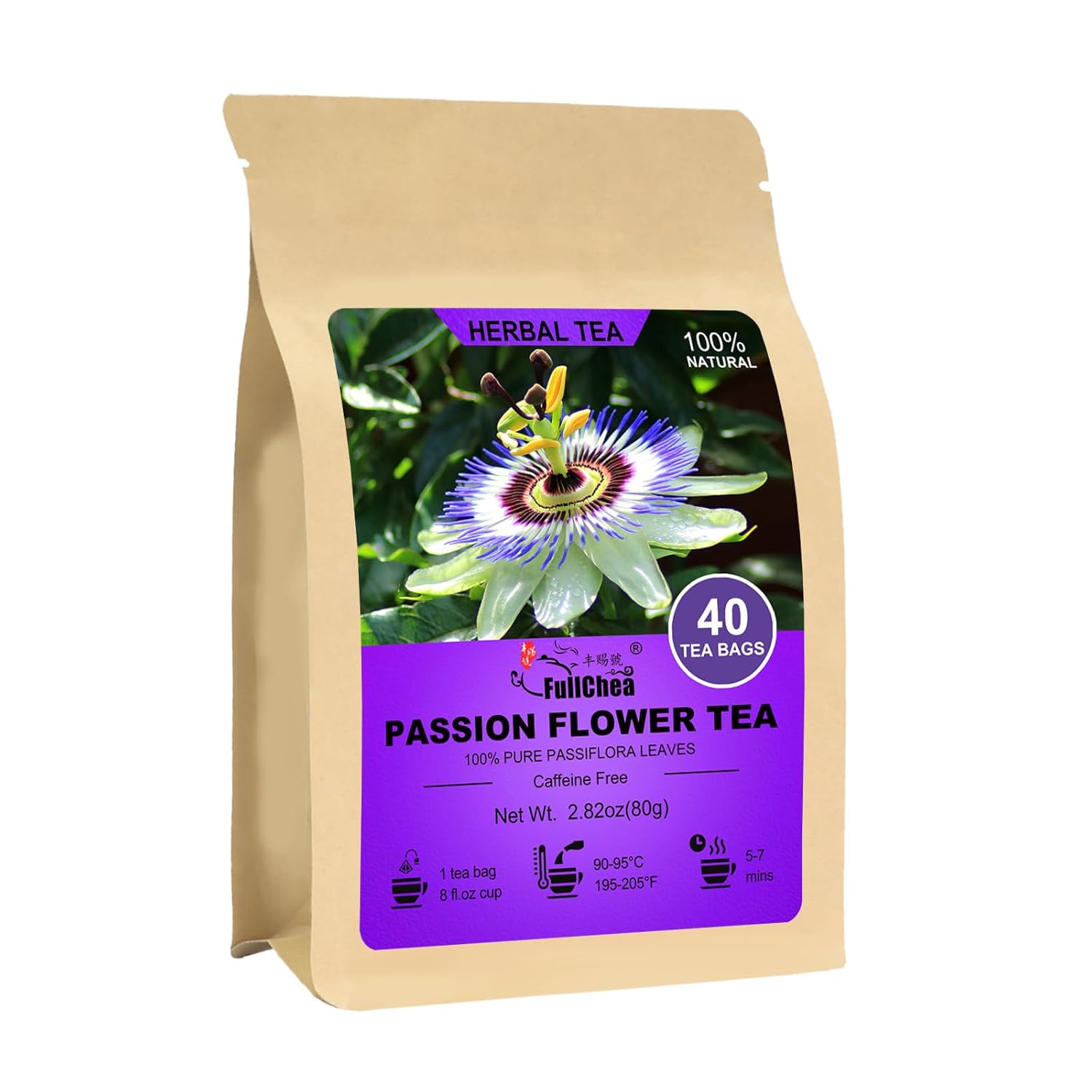
- Passionflower has been traditionally used to treat anxiety, insomnia, and even seizures in some cultures.
- Active Compounds: Rich in flavonoids and alkaloids like chrysin, believed to interact with GABA receptors in the brain.
- Benefits:
- May reduce anxiety and improve sleep quality.
- Can ease mild to moderate stress-related issues.
- How to Use: Steep 1 teaspoon of dried passionflower leaves in hot water for about 5–8 minutes. Because passionflower can have potent effects, consult with a healthcare professional if you’re pregnant or on medication.
Lemon Balm Tea
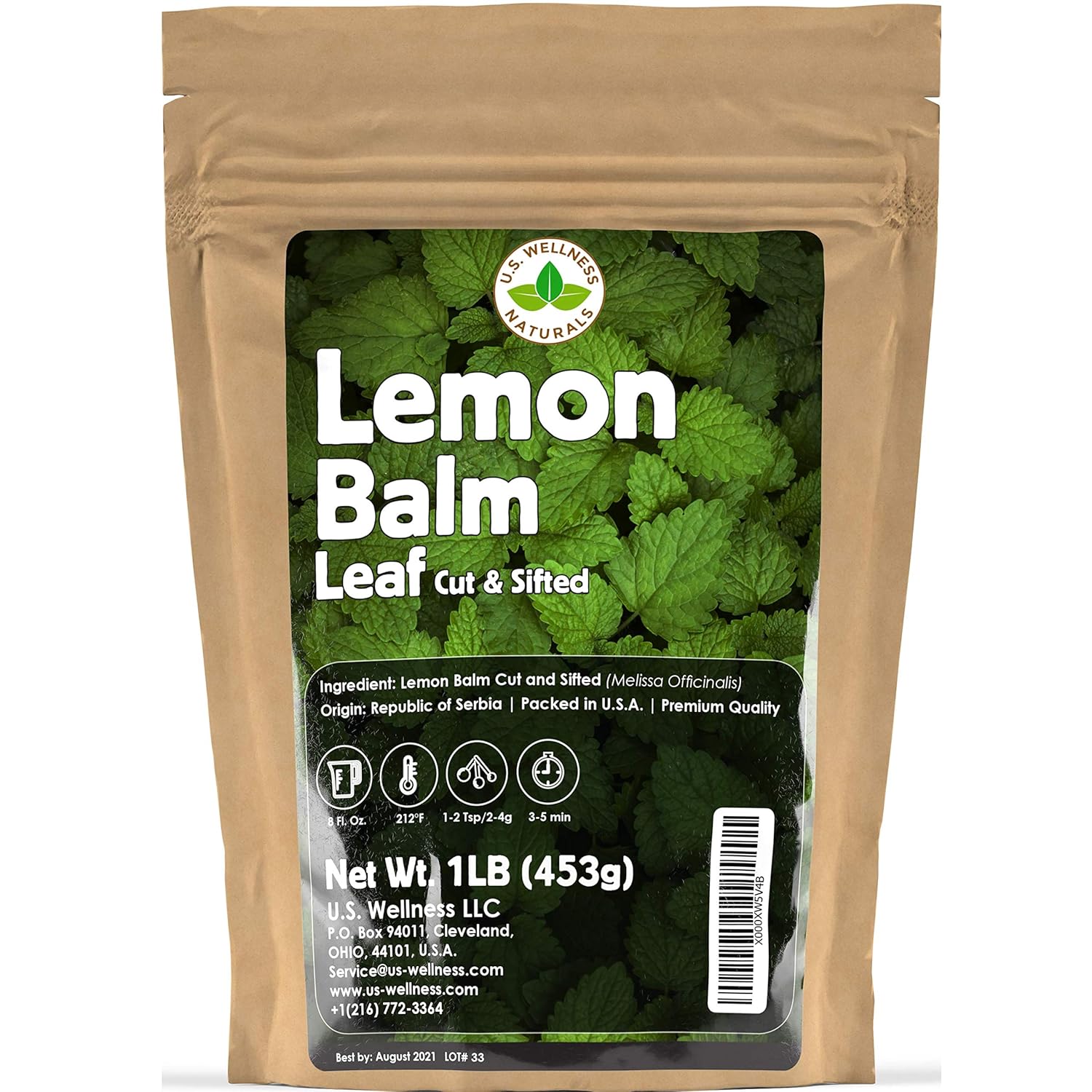
- Lemon balm (Melissa officinalis) is related to mint and has a light, lemony scent.
- Active Compounds: Contains rosmarinic acid which may increase levels of neurotransmitters like GABA, aiding relaxation.
- Benefits:
- Can reduce restlessness and elevate mood.
- May help with digestive issues tied to stress.
- How to Use: Steep 1 tablespoon of fresh leaves (or 1 teaspoon dried) for 5–10 minutes. Often paired with other herbs like chamomile for a more robust flavor.
Green Tea
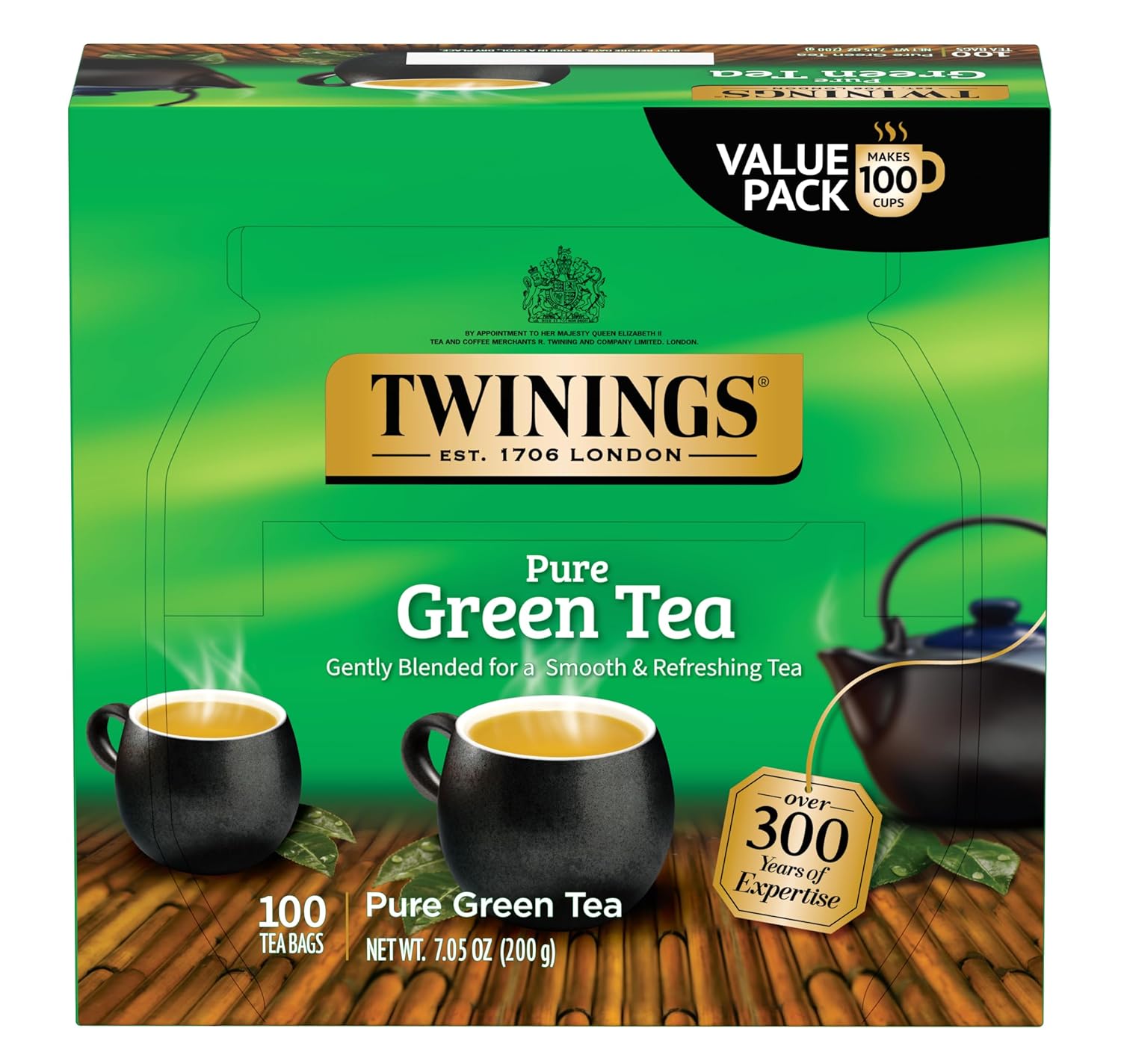
- Green tea is not purely “herbal” in the classical sense (it comes from the Camellia sinensis plant), but its high L-theanine content can help calm the nervous system.
- Active Compounds: L-theanine promotes alpha brain waves, correlated with relaxation without drowsiness.
- Benefits:
- Mental alertness with reduced stress response.
- Supports overall cardiovascular health and metabolism.
- How to Use: Brew at about 80°C (176°F) for 2–3 minutes to prevent bitterness. Enjoy plain or add a small amount of honey for sweetness.
Valerian Root Tea
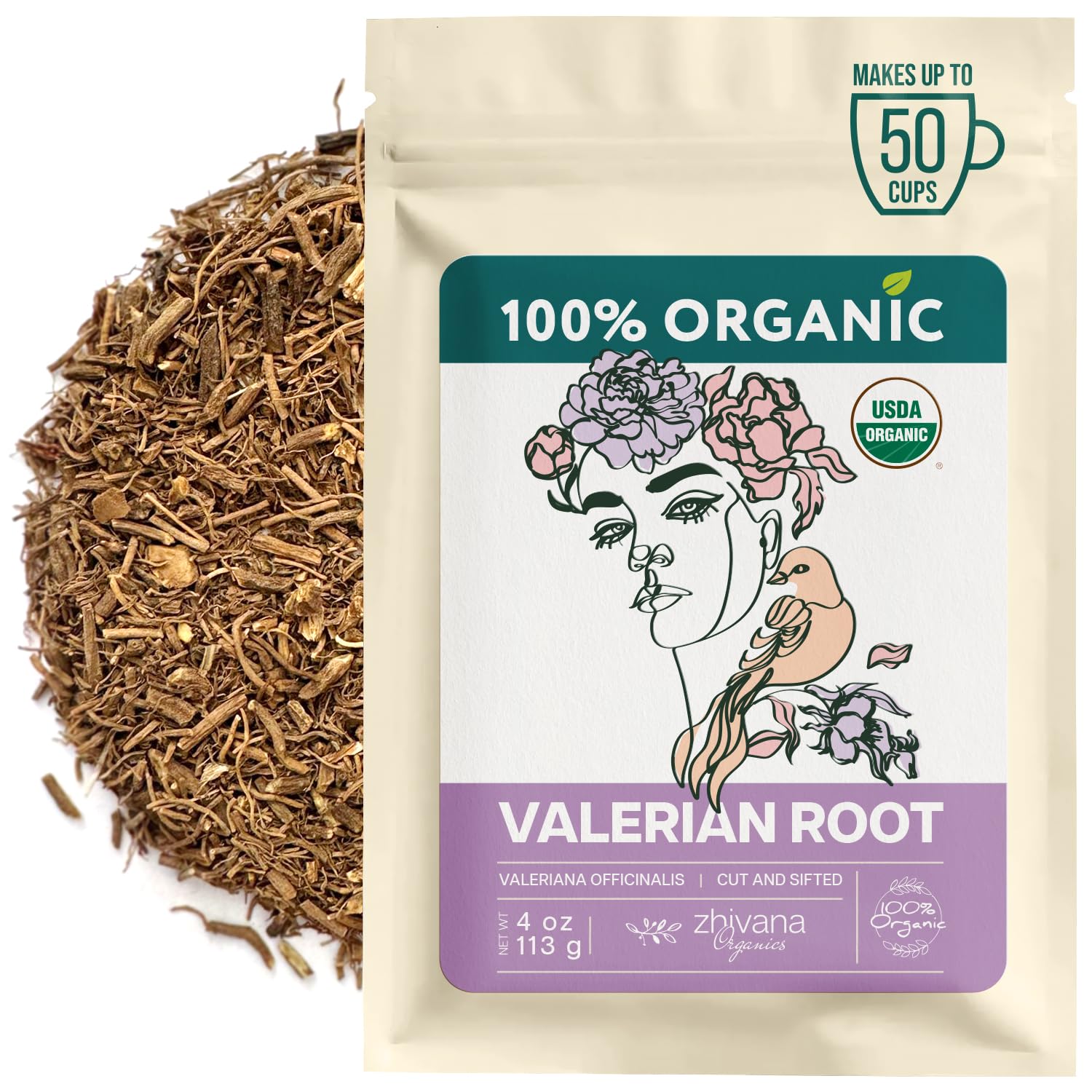
- Valerian root is famous for its sedative properties and is often used as a natural sleep aid.
- Active Compounds: Contains valerenic acid, believed to increase GABA levels in the brain.
- Benefits:
- Eases mild anxiety and encourages deep sleep.
- May help with tension headaches.
- How to Use: Because of valerian’s strong, earthy taste, many people prefer blending it with other herbs or flavoring. Steep 1 teaspoon of dried root for 5–10 minutes. Avoid heavy machinery or driving after consumption if it makes you drowsy.
Holy Basil (Tulsi) Tea
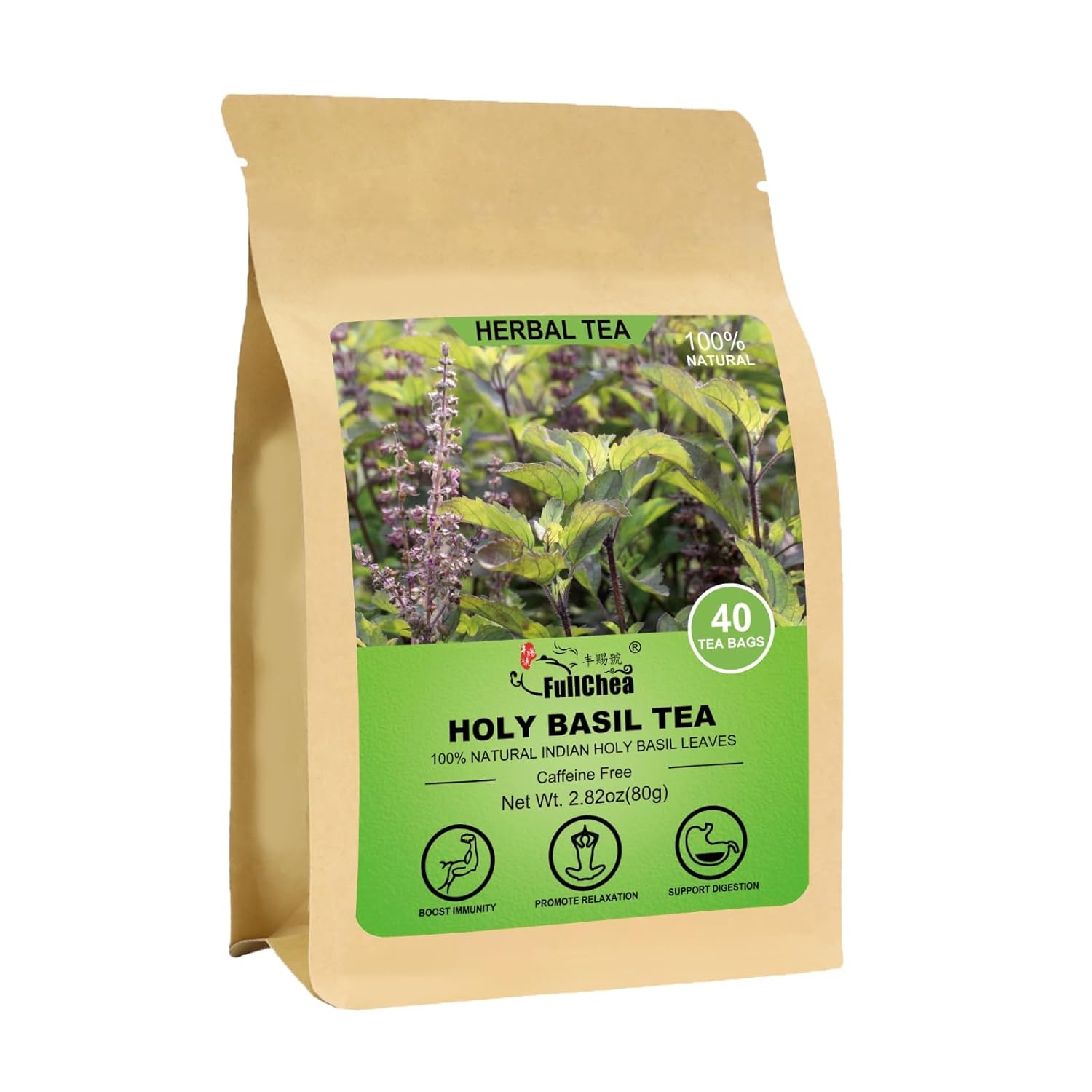
- Holy basil, or tulsi, is revered in Ayurvedic medicine for its adaptogenic properties, meaning it helps the body adapt to stress.
- Active Compounds: Rich in eugenol, rosmarinic acid, and ursolic acid, which may reduce stress markers.
- Benefits:
- Balances stress hormone levels.
- Supports immune function and metabolism.
- How to Use: Steep fresh tulsi leaves or a tea bag in hot water for about 5 minutes. Enjoy plain or with a pinch of sweetener.
How to Brew and Maximize the Benefits of Herbal Teas
- Use Fresh, Quality Ingredients: High-quality loose-leaf herbs often have more potent flavors and active compounds.
- Proper Water Temperature: Most herbal teas do well with boiling water (100°C/212°F), except green tea which prefers slightly cooler water.
- Steep Time: Avoid over-steeping to prevent bitterness; 5–10 minutes is typical for most herbal blends.
- Enjoy Mindfully: Savor the aroma and flavor. Use tea time as a mini-meditation break—notice the warmth of the cup in your hands, the steam rising, and the feeling of calm that envelops you as you sip.
Example: If you’re prone to afternoon anxiety, schedule a “tea break.” Take 10 minutes away from your desk to brew a calming blend like chamomile-lavender. Set aside electronic devices and just “be” with your tea. This small ritual can significantly reduce accumulated stress.
Safety and Precautions for Herbal Teas
- Medication Interactions: Some herbs (like valerian or passionflower) may interact with prescription drugs. Always check with a healthcare provider if you’re unsure.
- Pregnancy and Nursing: Certain herbs aren’t recommended during pregnancy or breastfeeding, so consult medical advice if you fall into these categories.
- Allergies: Always check the ingredients for potential allergens, especially if you’re mixing different herbs.
Breathing Techniques for Quick Calm
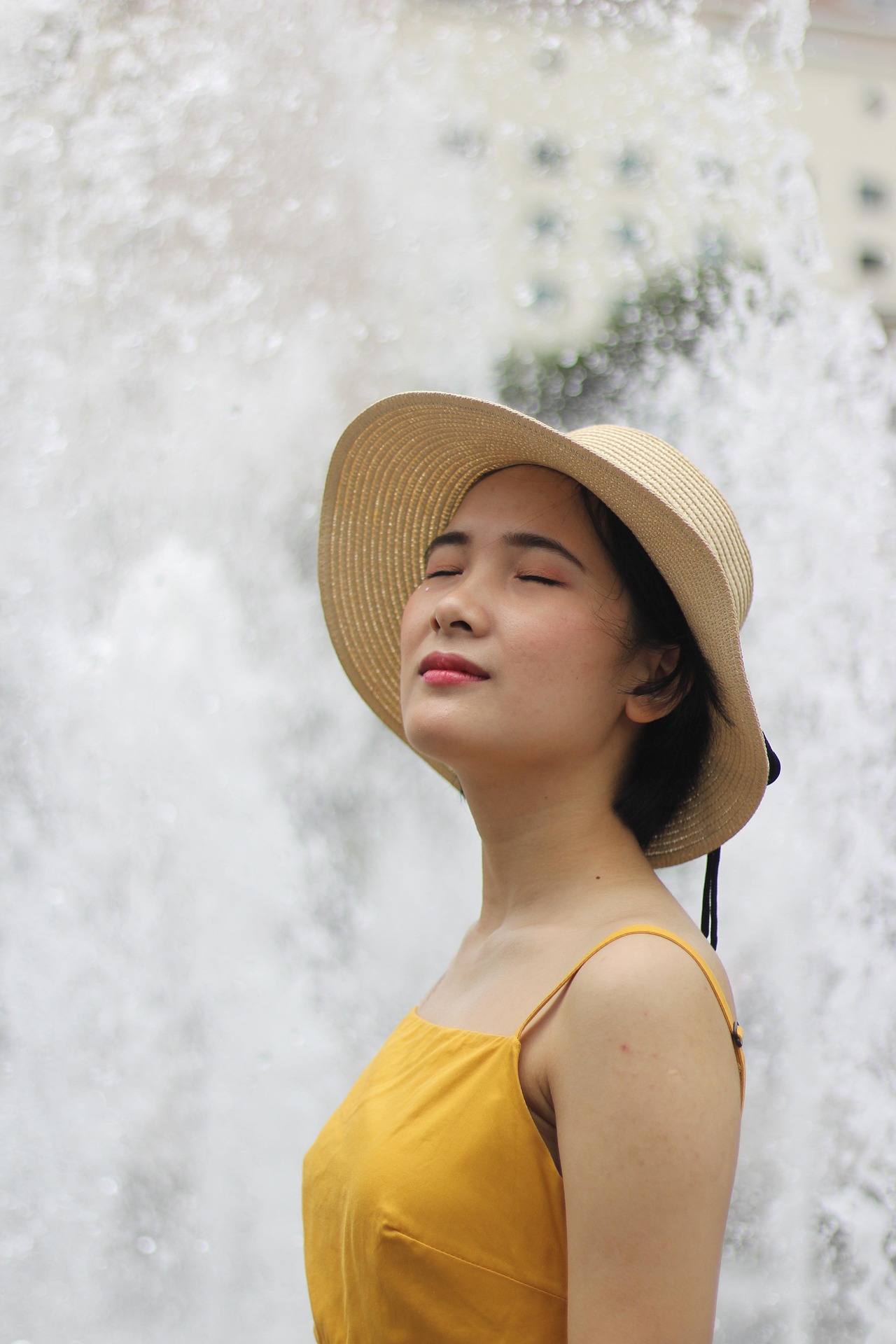
Why Breathing Matters
Breathing is our most automatic function, but when anxiety strikes, it often becomes rapid and shallow, fueling the panic. By consciously controlling your breath, you can counteract the stress response and help your body return to a state of calm. Deep, mindful breathing signals to the brain that it can shift out of fight-or-flight mode.
Deep Belly Breathing (Diaphragmatic Breathing)
How it Works: Diaphragmatic breathing engages the diaphragm—located beneath the lungs—to allow more air in, promoting oxygen exchange and relaxation.
- Find a Comfortable Position: Sit up straight or lie down.
- Hand on Belly: Place one hand on your chest and the other on your abdomen.
- Inhale Slowly Through the Nose: Feel your belly rise as you inhale.
- Exhale Slowly Through the Mouth: Purse your lips gently and exhale, feeling your belly fall.
Repeat for 5–10 cycles, focusing on making the exhale slightly longer than the inhale.
Box Breathing (Four-Square Breathing)
How it Works: Box breathing slows the pace of your breath and helps regulate your heart rate.
- Inhale: Slowly count to four as you breathe in.
- Hold: Hold your breath for four counts.
- Exhale: Exhale through your nose or mouth for four counts.
- Hold: Pause again for four counts.
Complete this cycle 4–6 times, or until you feel calmer. This technique is popular among Navy SEALs for maintaining composure under stress.
4-7-8 Breathing Technique
How it Works: The 4-7-8 method helps shift the nervous system from a stressed state to a relaxed one by extending exhalation.
- Position: Sit or lie down, with a straight spine if possible.
- Inhale: Breathe in through your nose for a count of four.
- Hold: Hold your breath for a count of seven.
- Exhale: Purse your lips and exhale slowly for a count of eight.
Repeat for at least four cycles. This technique is also recommended for those struggling with insomnia or nighttime anxiety.
Alternate Nostril Breathing (Nadi Shodhana)
How it Works: A yoga-based technique that aims to balance the body’s energy channels.
- Sit Comfortably: Cross-legged or in a chair, spine straight.
- Thumb to Right Nostril: Close your right nostril gently.
- Inhale: Slowly inhale through the left nostril.
- Close Left Nostril: Use your ring finger to close the left nostril.
- Exhale Right Nostril: Release your thumb and exhale slowly through the right nostril.
- Reverse: Inhale through the right, then close right and exhale through the left.
Continue for a few minutes. This practice can bring a sense of calm and clarity.
Pursed-Lip Breathing
How it Works: Often used for individuals with respiratory issues like COPD, this technique can also help reduce anxiety by slowing the breath and preventing hyperventilation.
- Relax: Unclench your jaw and neck.
- Inhale: Breathe in through the nose for a count of two.
- Purse Lips: Shape your lips as if you’re about to whistle.
- Exhale: Exhale for a count of four.
Focus on the gentle resistance your pursed lips create. This resistance helps maintain proper airflow and prevents rapid, shallow breathing.
Strategies for Incorporating Breathing Exercises into Daily Life
- Set Reminders: Use phone alarms or calendar alerts to prompt mini-breathing breaks.
- Pair with Activities: Practice a quick breathing exercise before meals, after finishing a work task, or when transitioning between activities.
- Guided Apps: Many meditation and wellness apps offer guided breathing exercises for anxiety relief.
- Combine with Aromatherapy: Use essential oils like lavender or chamomile to deepen the calming effect during breathing sessions.
Lifestyle Changes for Long-Term Anxiety Management

Adequate Sleep
Poor sleep can heighten anxiety levels, while adequate rest supports emotional resilience.
- Sleep Hygiene: Aim for 7–9 hours per night. Turn off electronic devices or use blue-light filters, keep your bedroom cool and dark, and maintain a consistent sleep schedule.
- Wind-Down Routine: Engage in a calming ritual before bed—read a book, sip herbal tea, or practice gentle stretching.
Balanced Nutrition
A healthy diet supports overall mental health. Nutrient-dense foods can stabilize blood sugar and mood.
- Whole Grains: Brown rice, oats, and quinoa provide steady energy and help regulate mood.
- Lean Proteins: Chicken, fish, beans, and legumes assist in neurotransmitter production.
- Healthy Fats: Avocados, nuts, seeds, and oily fish (rich in omega-3 fatty acids) have been linked to lower anxiety.
- Probiotics: Fermented foods like yogurt, kefir, and sauerkraut may positively impact gut-brain communication, influencing mood.
Exercise and Movement
Regular physical activity can be a powerful anxiety-buster by releasing endorphins, the body’s natural “feel-good” chemicals.
- Aerobic Exercises: Running, swimming, or brisk walking can reduce stress hormone levels.
- Yoga and Tai Chi: Blend movement with breath control, promoting mental and physical harmony.
- Daily Activity: If structured workouts aren’t your thing, simply aim to walk more, take the stairs, or engage in a physical hobby like gardening.
Stress-Reduction Techniques
Chronic stress can trigger or worsen anxiety. Incorporate stress-reducing activities:
- Meditation: Even a few minutes of guided or silent meditation daily can lower stress.
- Journaling: Writing out worries can provide emotional clarity and a sense of release.
- Creative Outlets: Engaging in art, music, or crafts can act as a form of therapy, giving your mind a break from anxious thoughts.
Additional Therapies and Professional Help

Cognitive Behavioral Therapy (CBT)
CBT is a well-researched therapeutic approach that addresses the thought-feeling-behavior cycle. It helps identify and challenge negative thought patterns that fuel anxiety.
- Core Components:
- Identifying irrational beliefs.
- Developing healthier coping mechanisms.
- Gradual exposure to feared situations.
Medication and When It’s Necessary
For some individuals, medication can be a short- or long-term solution to manage anxiety:
- SSRIs (Selective Serotonin Reuptake Inhibitors): Commonly prescribed for generalized anxiety disorder and panic disorder.
- Benzodiazepines: Effective for acute anxiety but typically prescribed for short durations due to dependency risks.
- Consult a Professional: Only a qualified healthcare provider can determine whether medication is suitable for your circumstances.
Holistic Approaches: Acupuncture, Massage, Yoga
- Acupuncture: Traditional Chinese Medicine practice that involves inserting fine needles to balance the body’s energy flow. Some people find it reduces anxiety and promotes relaxation.
- Massage Therapy: Relieves muscle tension and can reduce stress hormones.
- Yoga: A holistic practice combining breath control, movement, and mindfulness, proven to help calm the nervous system and reduce anxiety.
Real-Life Examples and Success Stories
Hearing how others have conquered their anxiety can be inspiring. Here are a few scenarios that illustrate the power of herbal teas, breathing techniques, and holistic practices:
- Emily’s Afternoon Anxiety: Emily used to experience intense anxiety around mid-afternoon, especially after a stressful morning. She started taking a 10-minute break to brew chamomile tea and practice box breathing. Over a few weeks, her anxiety levels decreased, and she felt more focused for the rest of her day.
- Raj’s Performance Nerves: Raj had severe anxiety before giving presentations at work. He learned 4-7-8 breathing and sipped holy basil tea before important meetings. The ritual of preparing tea and focusing on his breath helped him center himself, reducing both physical jitters and mental worry.
- Ana’s Insomnia: Ana struggled with nighttime anxiety that made it impossible to fall asleep. A combination of lavender tea, progressive muscle relaxation, and journaling helped her unwind. Within two months, her bedtime routine significantly improved her sleep quality.
These success stories highlight that a consistent and personalized approach often yields the best results. Everyone’s journey with anxiety is unique, and it may take some experimentation to find what works best for you.
Frequently Asked Questions (FAQs)
- Can herbal teas completely cure anxiety?
Herbal teas can be a valuable support in managing symptoms, but they are not a cure-all. Anxiety management usually requires a multifaceted approach that may include therapy, lifestyle changes, and, in some cases, medication. - Which herbal tea is best for severe anxiety?
The effectiveness can vary from person to person. Chamomile and lavender are commonly recommended. Passionflower and valerian are also worth exploring, but consult with a healthcare provider if you have severe anxiety or are on medication. - How often should I use breathing techniques to reduce anxiety?
There’s no strict limit. Many people benefit from practicing daily—such as in the morning and before bed—to build a consistent habit. You can also use them whenever you feel an oncoming wave of anxiety. - Are there any side effects of herbal teas?
While generally safe, some herbs can interact with medications. Valerian, for instance, may cause drowsiness or dizziness. Always consult a professional if you’re pregnant, nursing, or on medication. - Can I combine herbal teas with other anxiety treatments (like medication)?
In most cases, yes, but it’s important to talk to your healthcare provider to ensure there are no adverse interactions. - What if breathing techniques make me feel more anxious?
Sometimes, focusing on breathing can initially feel uncomfortable. Try different techniques to find one that resonates with you or combine them with grounding strategies (like the 5-4-3-2-1 technique). - How quickly do breathing techniques work during an anxiety attack?
Some individuals feel relief almost immediately, while others need a few minutes of consistent practice to notice a decrease in symptoms. - Is it normal to feel lightheaded when practicing breathing exercises?
Over-breathing (hyperventilating) can cause lightheadedness. Follow recommended counts and breathe slowly. If lightheadedness persists, pause and resume the exercise at a slower pace. - Should I see a doctor if I have frequent anxiety attacks?
Yes. Frequent or severe anxiety attacks can indicate an underlying disorder that may require professional care. - Can children and teenagers also benefit from these techniques?
Absolutely. Herbal teas (suitable for their age) and gentle breathing exercises can be beneficial for children and teens experiencing anxiety. Always supervise younger children and consult with a pediatrician when introducing new herbs.
Conclusion
Anxiety attacks can strike at any time, leaving you feeling overwhelmed and drained. However, you are not powerless. By embracing herbal teas and breathing techniques, you can significantly diminish the intensity and frequency of your anxiety episodes.
- Herbal Teas: Chamomile, lavender, passionflower, lemon balm, green tea, valerian, and holy basil each offer unique soothing benefits. The ritual of preparing and sipping tea can be as calming as the herbs themselves.
- Breathing Techniques: Simple methods like deep belly breathing, 4-7-8 breathing, and alternate nostril breathing can quickly reset your autonomic nervous system, helping you find your center.
Beyond these immediate tools, consider long-term strategies like adequate sleep, balanced nutrition, consistent exercise, and stress management. If anxiety persists or worsens, don’t hesitate to seek professional help. Therapies such as CBT and, in some cases, medication, can offer additional support.
Ultimately, managing anxiety is a journey—one that involves self-discovery and ongoing self-care. The more you experiment and learn about what calms your body and mind, the better equipped you’ll be to face life’s challenges. Remember: you have control over your breath, and nature offers a wealth of remedies to help you cultivate lasting calm.
Take the First Step Today: Brew yourself a cup of chamomile tea, find a quiet corner, and practice a simple breathing exercise. Even a few minutes can make a profound difference. Over time, these small daily habits can create powerful shifts in how you handle stress and anxiety, empowering you to live with greater ease and peace.




